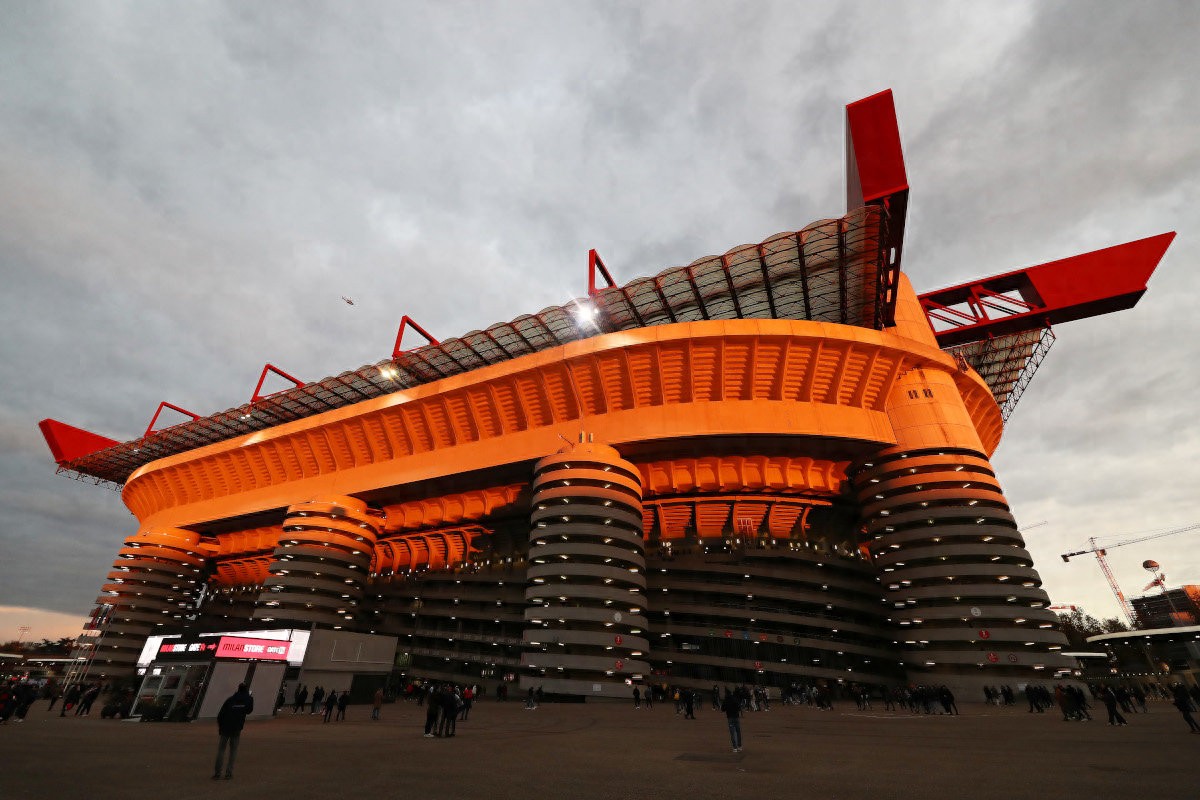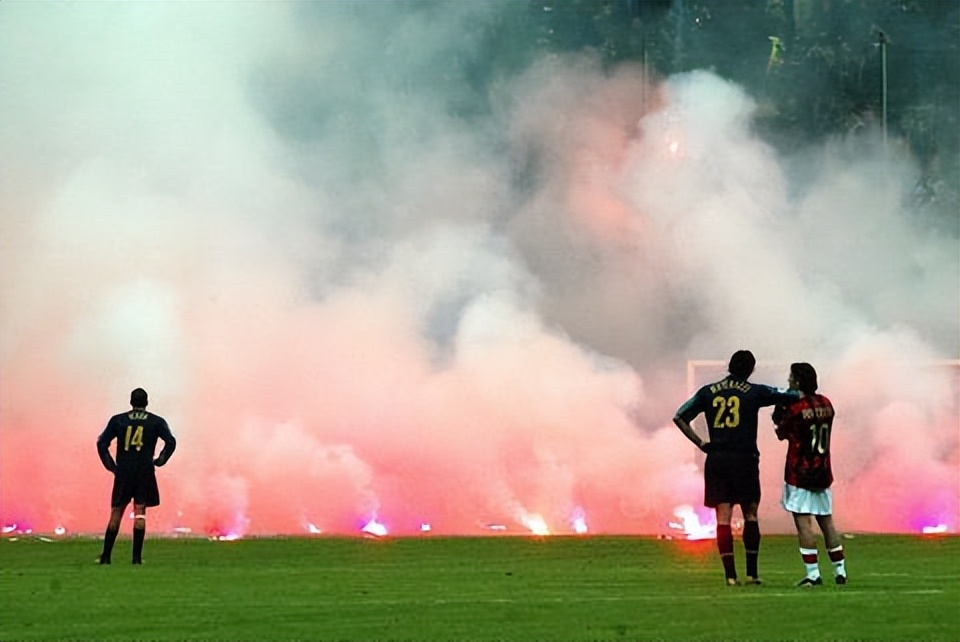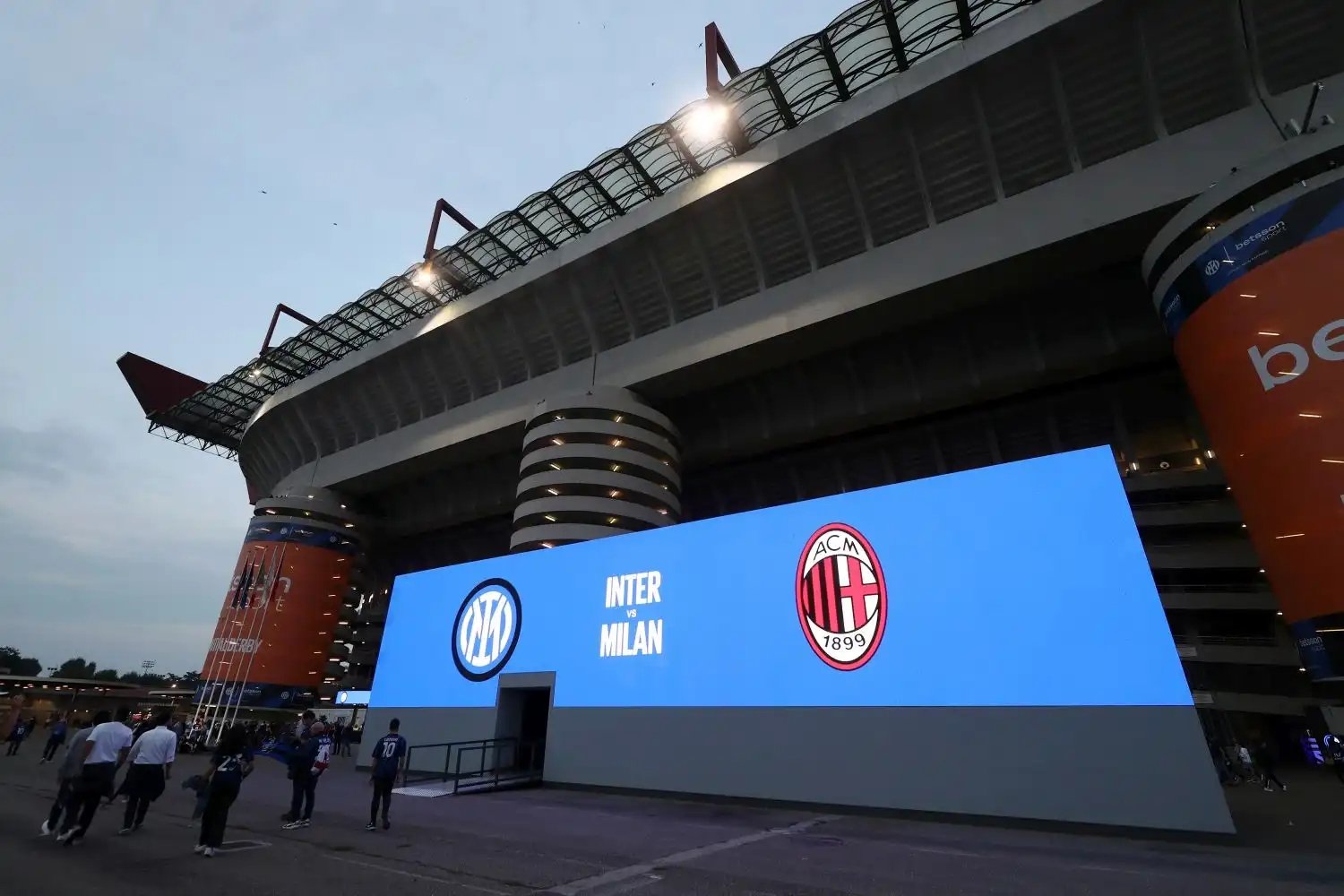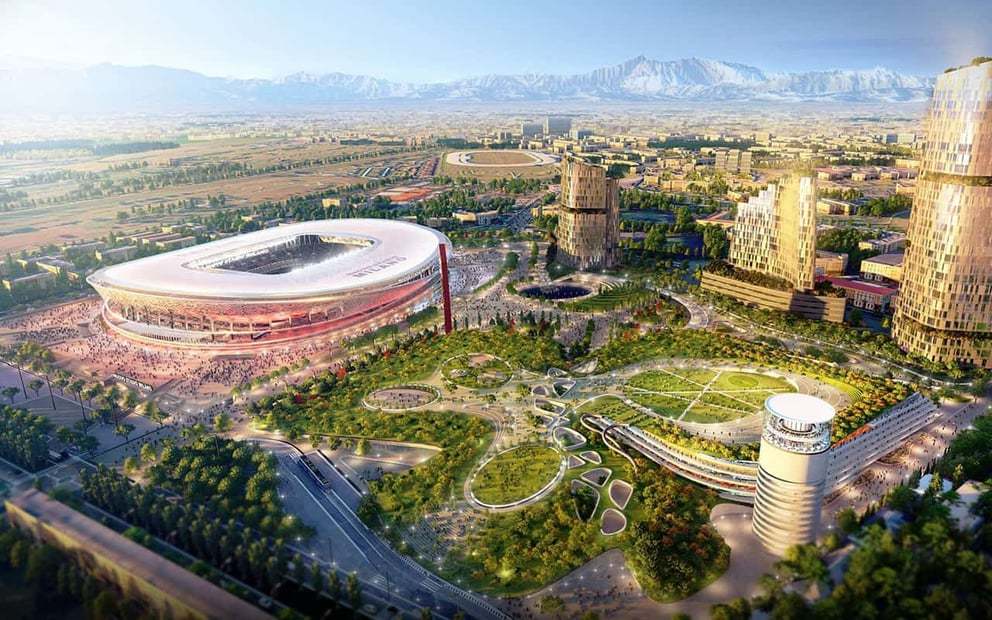Farewell, San Siro! Farewell, the Football Opera House!

By Han Bing At 4 a.m. on September 30, 2025, San Siro stadium remained enveloped in pre-dawn darkness, yet the Marino Palace, where Milan’s city hall is located, was brightly illuminated. Marking the centenary of San Siro’s construction commencement, Milan’s councilors reached a decision on the future of the “Football Opera House”: this stadium — an emblem and grand legacy of Italian football — will be sold to the Milan giants for €197 million. As the sun rises, its rays shine upon San Siro’s iconic red trusses and spiral ramps, signaling the dawn of a new era.
San Siro is set for a rebirth: the “Football Scala Opera House” will be demolished and then rebuilt nearby in the parking lot area to gain new life. The southeast tower pillars, the orange stands, and parts of the south stand will be preserved, continuing to hold all memories of Milan football: the classical era of chain defense, the glory of 10 Champions League trophies, the golden ages under Sacchi and Mourinho’s treble-winning period, the legends of the Baresi brothers and Maldini... plus countless unforgettable classic moments of San Siro cherished by fans worldwide.
The farewell to San Siro is not a goodbye forever, but a tribute to a century of football history and a fresh promise for Milan football’s future. This place remains the “heart” of Milan football, though the stadium and surrounding areas will be completely renewed. It will symbolize rebirth with green, not the heavy gray of history; it will be more modern and commercialized, bringing ongoing business value to the Milan clubs to compete with Europe’s elite. The preserved “remnants” of San Siro will carry on the passion, memories, and tears; the new stadium, set to complete in 2031, will lead the Milan clubs toward a brighter future.

A century-old sanctuary witnessing history
Known as the “Football Scala Opera House,” San Siro stadium has witnessed a century of football history in Milan and Italy, and is itself part of that great legacy. Much like the song “Luci a San Siro” by Vickioni, it has tugged at the hearts of Milan’s fans for years, celebrating everything that has happened within this stadium.
With a history spanning a century, San Siro stands alongside London’s Wembley, Manchester’s Old Trafford, Madrid’s Bernabéu, and Barcelona’s Camp Nou as one of Europe’s grandest football cathedrals. Beyond football, San Siro is the third most iconic landmark in Milan after the Duomo and the Triennale Museum, symbolizing Italy’s fashion capital. Construction began in 1925 and completed a year later. In 1955, the expansion of the second tier introduced 19 spiral ramps (each 200 meters long), becoming one of the stadium’s most classic features. Hosting the 1990 World Cup gave San Siro its most iconic look: 11 circular pillars supporting the third tier, with four corner pillars holding up a red steel truss roof, becoming a totem of Serie A’s “Little World Cup” golden era. It has witnessed the rise and fall of the Berlusconi and Moratti families, as well as the fortunes of the two Milan clubs.

San Siro is one of the football “cathedrals” every fan dreams of experiencing firsthand, yet in the first quarter of the 21st century, it hosted only two major finals (the 2001 and 2016 Champions League finals). Next year, San Siro will celebrate its 100th anniversary, and in February it will host the Winter Olympics opening ceremony. Unfortunately, this is likely to be the last major international event held at San Siro.
Due to outdated facilities, UEFA rejected San Siro’s bid to host the 2027 Champions League final. Moreover, it does not meet the requirements to host matches for the 2032 European Championship. Italy, one of Europe’s top five football nations, lacks enough compliant stadiums and must co-host Euro 2032 with Turkey, which is a significant embarrassment. Like Wembley, which was demolished and rebuilt, San Siro has reached a crossroads where it must adapt to the new era. The weight of its century-old history should not and must not hinder the stadium’s renewal.
Demolish and rebuild, looking to the future
Since 1947, San Siro has been the shared home of the two Milan clubs, and in 1980, it was named after the football legend Meazza, who played for both teams. The stadium’s rebirth is naturally closely tied to these clubs. Although some renovations occurred in the early 21st century, such as adding enclosed boxes in the lower tier and expanding external facilities, the Milan clubs have long wished for a brand-new stadium.
As early as June 2019, the two Milan clubs planned to demolish San Siro and build a new stadium nearby. Initially budgeted at €800 million and scheduled for completion in the 2022/23 season, the plan stalled because Milan’s mayor insisted San Siro be preserved until at least after the February 2026 Winter Olympics. Later, debates over whether to preserve the second tier, designated as a cultural heritage site, forced the clubs to temporarily shelve the new stadium plan and submit multiple renovation proposals for San Siro.
In September 2023, AC Milan, frustrated with Milan city hall’s inefficiency, announced plans to build a new 70,000-seat stadium in the southern suburbs of Milan. This left the San Siro project to Inter Milan to invest in alone, but Inter could not afford the €1.2 billion construction cost. In September this year, Milan’s regional administrative court rejected AC Milan’s proposal for the new stadium in the southern suburbs, prompting the two clubs to reunite and decide to jointly build a new stadium near San Siro. On September 30, Milan city hall agreed to sell San Siro to the two clubs for €197 million.
The redevelopment plan for San Siro has been finalized, designed jointly by the American firms Foster + Partners and Marica. Construction is expected to start in 2027 and be completed by 2031 at the latest. Most of the old stadium will be demolished after the new stadium is ready, while preserved sections will be transformed into commercial and entertainment areas, including a small museum documenting San Siro’s history. This means that by 2031 at the latest, fans of the Milan clubs will no longer see San Siro in person, only in memories of the “Football Opera House’s” iconic appearance. However, they will have a new, future-oriented stadium offering an unprecedented matchday experience.



Wonderfulshortvideo
User PlaymakerHub has posted a video.








 Links
Links
 Contact
Contact
 App
App


